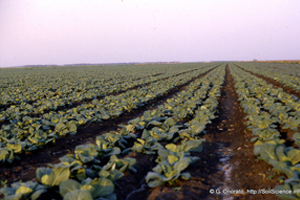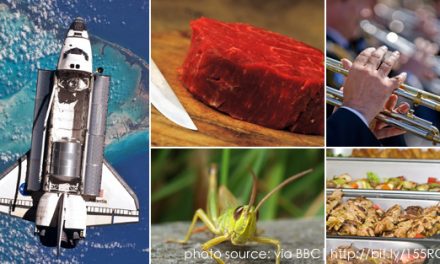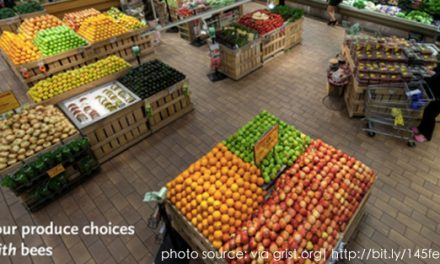Within the next century, the world’s population will likely swell to 9 or 10 billion. And according to new research, we can feed them all if we make some radical changes in the way we grow our food.
As the world’s population approaches 7 billion, 1 billion of those people continue to go hungry. It’s a huge problem around the word—from the deadly famine in Somalia to the dismal hunger statistics here in the United States. Meanwhile, annual increases in agricultural yields have begun to slow down, and our methods of cultivating crops continue to degrade land, water, biodiversity, and climate. It’s not hard to imagine a dystopian future where huge chunks of the population will suffer from chronic hunger while our natural resources are depleted.
But Nature magazine brings some good news to the age-old battle between civilization and Earth: It’s not a zero-sum game. Scientists have figured out how we can feed a growing world that doesn’t come at the expense of the planet. There are a few basic (but radical) steps we can take to sustainably double our food production. Here’s the strategy:
- Halt farming in places like tropical rainforests and wild lands, which are ecologically valuable but have low food output.
- Make underused expanses of land in Africa, Latin America, and Eastern Europe more efficient, boosting current food production by nearly 60 percent.
- Make better use of water, fertilizers, and chemicals
- Stop eating so much meat, especially in developed countries.
- Stop wasting food—about one-third of all food grown is either discarded, spoiled, or eaten by pests.
In order to make room for several more billion people, we are going to have to drastically change the way we produce food and convince people these issues are a matter of physics, not politics. It’ll be an uphill battle. But according to this group of optimistic scientists, it’s necessary, and it’s possible
Source: Good
Photo via (cc) Flickr user Soil Science.











